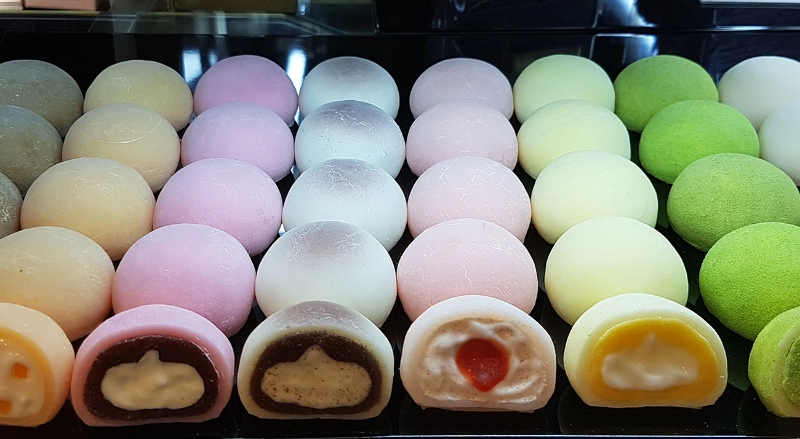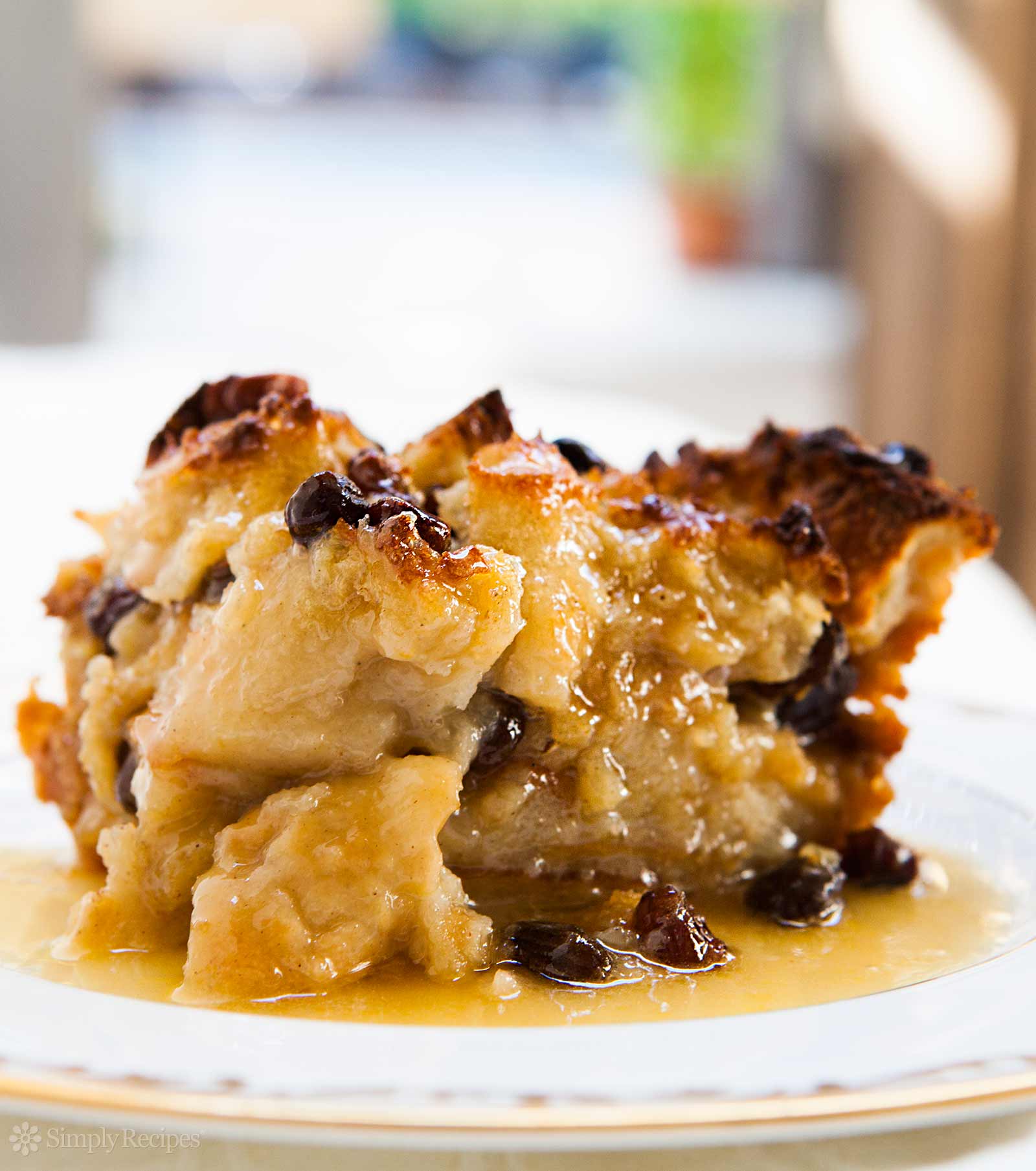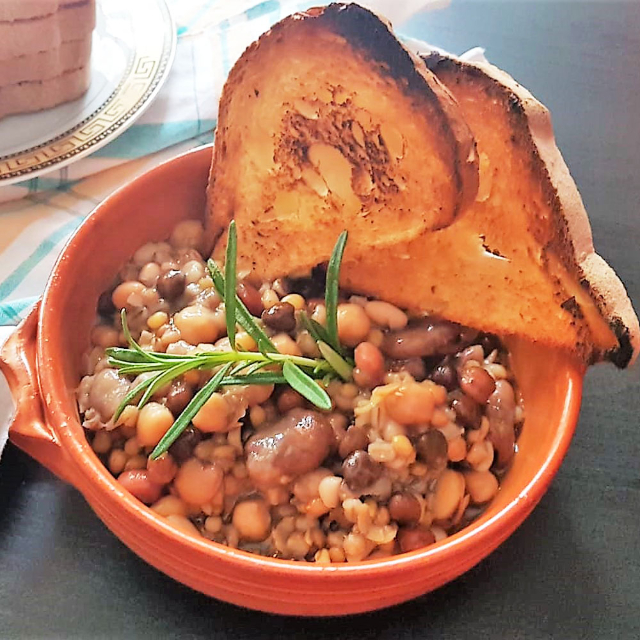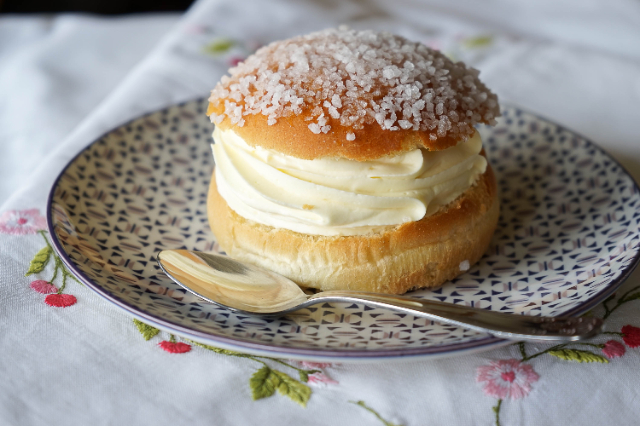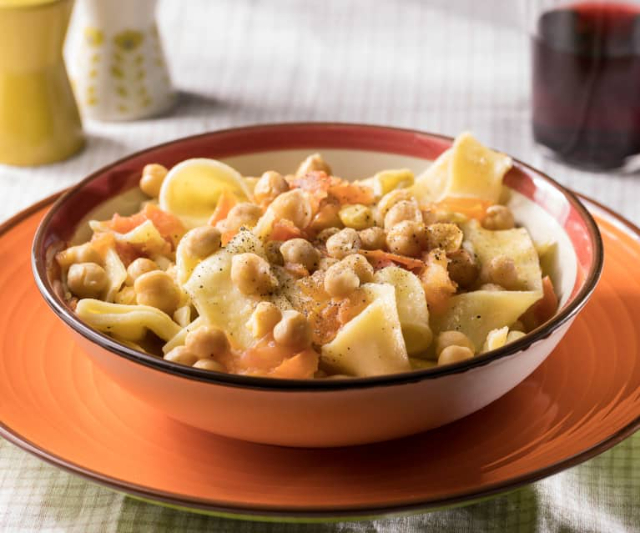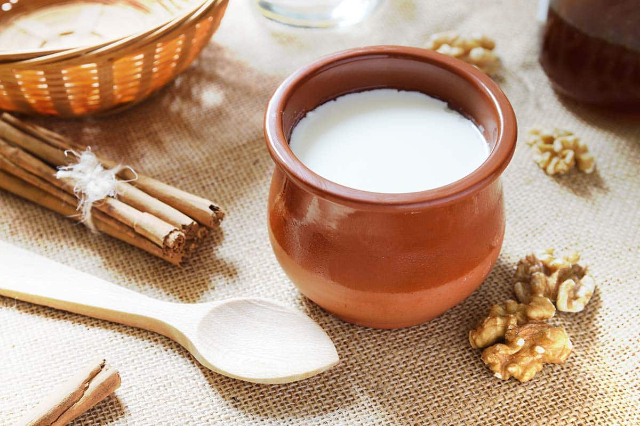Available in nearly every city across Japan, you might mistake these small circular rounds of ice cream for macaroons at first glance. Ice cream is shaped into bite-size circles.
The old name was called “mochi (餅),” they applied the Chinese character (pin). In the Nara period, locals have read it as “Kusamochi”. In China, it refers to baked sweets made from wheat flour. Additionally, steamed glutinous rice is called “Martu” or “Two-par.” Ethnic minorities in southwestern China mainly eat it. Martu and mochi are believed to be etymologically related and are called rice cake in Taiwan and Okinawa.
This traditional dessert is famous for “rice cake,” enjoy by locals in Japan for centuries. Mochi or Japanese rice cake is made by steaming granular glutinous rice processed as a dessert. It has long been famous as an indispensable event food for the New Year. Japanese can eat rice cake in various forms. In addition to the differences in shape and size, the ingredients used to pound glutinous rice and seasonings used to dip it are also use in traditional Japanese food such as “Zōni or rice cake soup” and Western desserts.
Coming in at just 100 calories a pop, you’ll need to sample at least a handful of mochi before heading toward more sightseeing (and more mochi).
